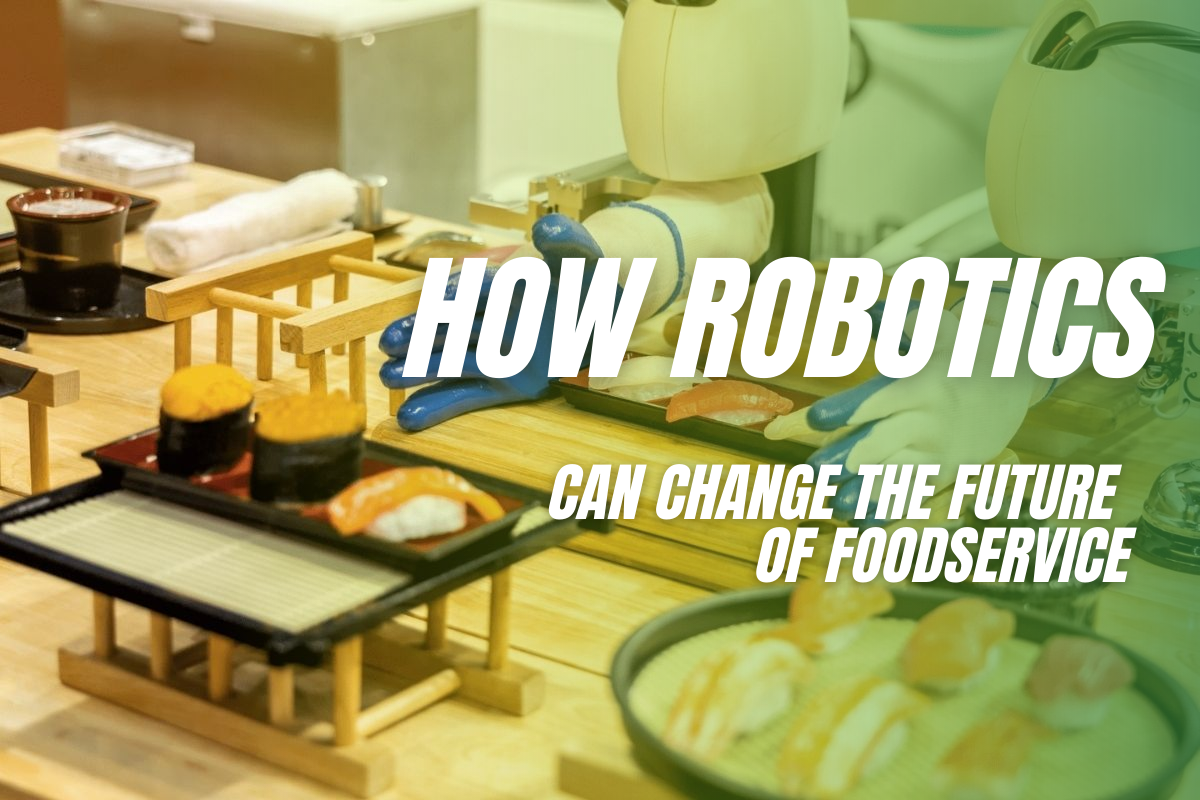
Until recently, few people took the prospect of foodservice via robot seriously, with its key value lying in its novelty. As needs changed over the last several years, though, with greater emphasis on streamlining process, reducing friction in delivery, and with the difficulties foodservice operators have had with staffing and labor, robotic kitchens have moved beyond The Jetsons.
Take the previous momentum and add the challenges caused by Covid, and the use of technology has been accelerated even more. Now more than ever, the foodservice industry is looking to technology, automation, and robotics to keep staff and guests safe, to make service more efficient, and to cut down on rising costs.
Are robot servers the future of foodservice? There are two interesting arguments:
1. The Effect Of The Coronavirus Pandemic
Because of the pandemic, some areas of the economy are going through an unexpected digital transformation. Data from Transparency Market Research shows that the robotics industry will see an annual growth of 17.64% per year between 2021 and 2024. The hospitality and foodservice sectors have to transition if businesses are to stay afloat.
In the service sector, particularly in the high-end luxury segment, businesses strive to provide customers with exactly what they want, whenever they want it. Because of the Covid-19 restrictions in place around the world, we are increasingly seeing various service robots rolled out, particularly in luxury hospitality environments including upmarket hotel chains like the Hilton Group, Four Seasons, and Marriott. The industry is now facing a shift in its customers’ preferences, where people want a socially distanced and impersonal type of service that only machines can provide.
The advantages of having robotic foodservice become apparent within “quarantine hotel” settings, as many countries require mandatory hotel quarantine for visitors. To avoid contagion amongst guests and hotel staff, it makes sense for robotic servers to replace human workers. Already, Japanese hotels have the technology implemented at several locations.
2. Robots Lower Business Staffing Costs
Paying food preparation and service staff is one of the biggest expenses that face any restaurant. With the need to raise wages for employees — both for regulatory reasons and because of the rising cost of living — many businesses are now exploring the possibility of replacing at least some of their staff with androids.
In fact, a former McDonald’s USA CEO already issued a warning that robots would eventually take over all food service jobs from humans. According to Ed Rensi, buying specialized robots is now a cheaper alternative to hiring multiple people on minimum wage to carry out repetitive tasks.
He says it is much cheaper to spend $35,000 on a robotic arm than to hire someone inefficient to bag French fries at a wage of $15 per hour. He adds, “[Foodservice] depends on people with low job skills which have to grow. If you cannot give your workers a reasonable wage, machines will have to do the work.”
Final Thoughts
Current events mean that a robotic server is no longer a gimmick. The pandemic has ensured that alternative ways to offer service without physical contact are at the forefront of people’s minds within the hospitality sector. It is possible that because of social distancing rules and rising staffing costs, automated foodservice will survive a post-Covid-19 world.
